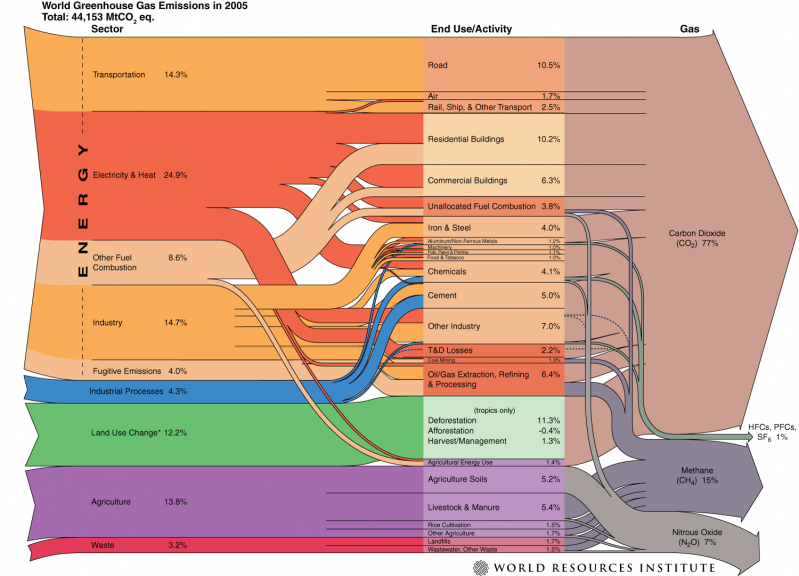This is a blockbuster speech – in the link, there is a video of Mark Lynas making a speech to the Oxford Farming Conference confessing that he’s been quite wrong on opposing genetically modified crops for reasons of not much more than being obstinately anti-science/progress.
It’s an incredible eye opener, and peaks the hopes that environmentalists who deride others for being anti-science when it comes to climate change indulge in some humility and take a good look at if they themselves are being anti-science in another sphere (anti-GMO).
Mark Lynas – Lecture to Oxford Farming Conference, 3 January 2013
I want to start with some apologies. For the record, here and upfront, I apologise for having spent several years ripping up GM crops. I am also sorry that I helped to start the anti-GM movement back in the mid 1990s, and that I thereby assisted in demonising an important technological option which can be used to benefit the environment.
As an environmentalist, and someone who believes that everyone in this world has a right to a healthy and nutritious diet of their choosing, I could not have chosen a more counter-productive path. I now regret it completely.
So I guess you’ll be wondering – what happened between 1995 and now that made me not only change my mind but come here and admit it? Well, the answer is fairly simple: I discovered science, and in the process I hope I became a better environmentalist.
When I first heard about Monsanto’s GM soya I knew exactly what I thought. Here was a big American corporation with a nasty track record, putting something new and experimental into our food without telling us. Mixing genes between species seemed to be about as unnatural as you can get – here was humankind acquiring too much technological power; something was bound to go horribly wrong. These genes would spread like some kind of living pollution. It was the stuff of nightmares.
These fears spread like wildfire, and within a few years GM was essentially banned in Europe, and our worries were exported by NGOs like Greenpeace and Friends of the Earth to Africa, India and the rest of Asia, where GM is still banned today. This was the most successful campaign I have ever been involved with.
This was also explicitly an anti-science movement. We employed a lot of imagery about scientists in their labs cackling demonically as they tinkered with the very building blocks of life. Hence the Frankenstein food tag – this absolutely was about deep-seated fears of scientific powers being used secretly for unnatural ends. What we didn’t realise at the time was that the real Frankenstein’s monster was not GM technology, but our reaction against it.
